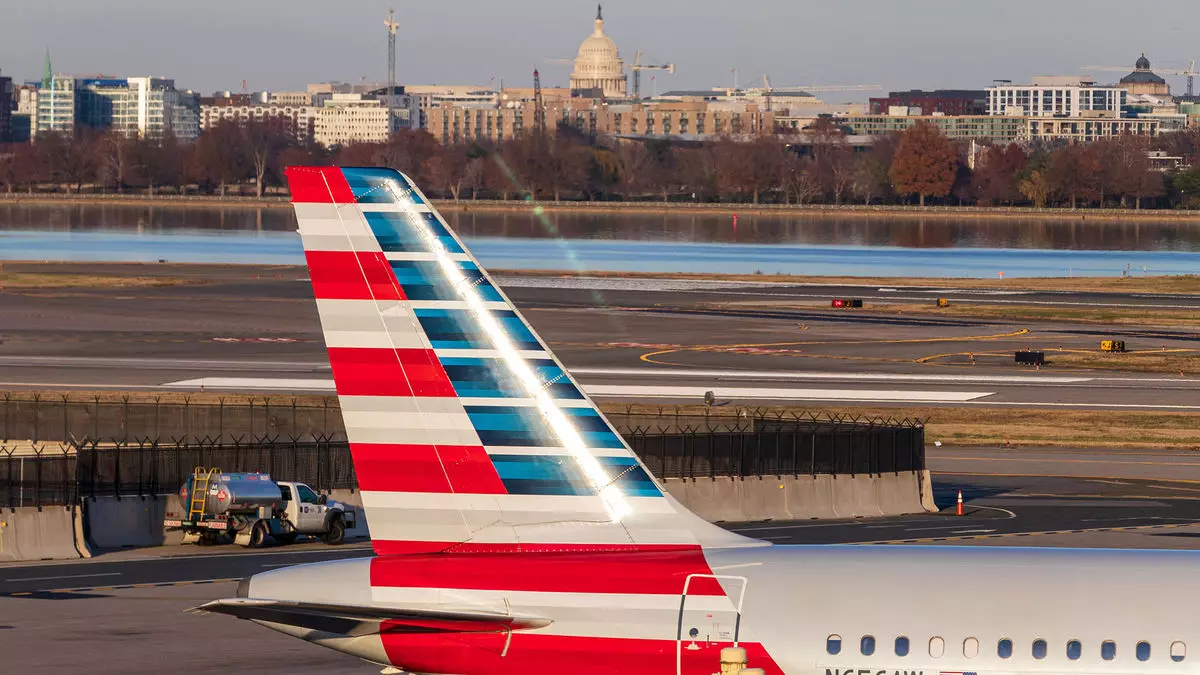Throughout 2023 and early 2024, American Airlines found itself at a critical juncture, faced with the need to realign its business strategies amid a rapidly evolving travel landscape. The company’s ambitious pursuit of direct and New Distribution Capability (NDC) bookings inadvertently led to a detrimental fallout, alienating a substantial portion of its corporate clientele and travel agencies. This decision backfired, resulting in a significant drop in indirect bookings—a channel that historically contributed approximately $14 billion to the airline’s revenue in 2023 alone.
By the time American Airlines acknowledged the adverse effects of its approach, it had recorded a notable drop in market share. As highlighted in the third quarter earnings call led by CEO Robert Isom, the company found itself 11% below its standard share of indirect U.S. bookings during the previous quarter. In hindsight, the aggressive tactics employed to increase direct sales led to a catastrophic loss of corporate business. With 2024’s second quarter marking the nadir of this strategy, the implications were significant—not just financially but also in terms of long-term relationships with key stakeholders.
Recognizing the gravity of its situation, American promptly shifted gears in May by abandoning its controversial strategy and rolling out an array of remedial actions. By enhancing fare content in Global Distribution Systems (GDS) and re-engaging with travel agencies, the airline aimed to mend the rift it had created within the corporate travel ecosystem. The reinstatement of incentives and benefits for travel agents and corporate clients was a crucial catalyst for improvement. By the end of September 2024, the airline noted that it had managed to reduce its deficit to 7% in terms of its historical indirect booking shares. This encouraged optimism about the future trajectory of the airline’s corporate revenue streams.
A key aspect of American Airlines’ resurgence strategy was its commitment to ramp up its corporate salesforce. The addition of a 20% increase in account managers, along with the recruitment of sales support staff, signaled the airline’s dedication to rebuilding trust and improving relations with corporate clients and travel agencies. Effective communication and a responsive sales approach are essential to winning back lost business, and these staffing enhancements indicate an understanding of the airline’s need to invest in human capital to facilitate recovery.
American Airlines recently reported a slight increase in operating revenue for the third quarter, amounting to $13.6 billion—a 0.8% rise from the prior year and $225 million above analyst expectations. This indicates that while the airline navigates the fallout from its strategic missteps, it is beginning to stabilize its financial footing. Although operating expenses increased by 1.1% over the same period, the reported operating income of $89 million marked a turnaround from an operational loss recorded in the previous year’s third quarter. However, it is worth noting that the overall net loss for the quarter stood at $149 million, highlighting ongoing financial challenges exacerbated by non-operating expenses such as interest.
As American Airlines pushes forward, a clear focus on long-term recovery becomes paramount. CEO Robert Isom articulated a vision for fully restoring corporate revenue channels by the end of 2025, underlining the necessity for strategic adjustments and ongoing improvements. Recent agreements with several top travel agencies reflect a willingness to re-establish confidence among industry partners. Simultaneously, the airline is tackling lingering resentments from travel partners stemming from the previous year’s strategy.
American Airlines’ experience in the corporate travel segment offers critical insights into the repercussions of misguided strategies. By fundamentally re-evaluating its approach and actively working to restore relationships with travel agents and corporate clients, the airline is poised to reclaim its rightful share of the market. The road ahead may be fraught with challenges, but through commitment to collaboration and strategic investment, American Airlines aims not only to recover but to thrive in an increasingly competitive environment.


Leave a Reply